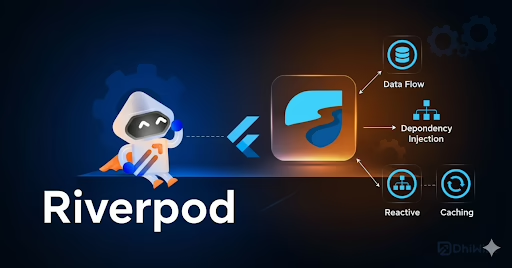Like any other content management system, Drupal 9 may be optimized for performance to guarantee effective and seamless functioning. In order to provide a seamless user experience, improve search engine results, and maintain competitiveness in the online market, Drupal 9 performance optimization is essential. It increases conversion rates, lowers running expenses, and guarantees that all users, regardless of their location or device, can access and utilize your website.
Drupal 9 Performance Optimization Tips:
Activate caching:
Use Drupal’s internal page cache and dynamic page cache, as well as other built-in caching features. Activate them in the Drupal admin settings to reduce the time and resources required to generate web pages.
Image Optimization:
Pages take longer to load frequently because of images. Compression, lazy loading, and responsive image styles are all effective image optimization methods that minimize file sizes without compromising visual quality. Additionally, to swiftly transmit photos to customers worldwide, take into account employing image CDNs (Content Delivery Networks).
Minifying JavaScript and CSS:
Remove unwanted whitespace, comments, and formatting from CSS and JavaScript files by minifying them. To automatically minify file size and improve speed, and reduce loading issues, use plugins for Drupal or third-party solutions.
Activate CSS and JavaScript Aggregation:
Aggregation reduces the number of requests sent to the server by combining many CSS and JavaScript files into a single file. The built-in aggregation function of Drupal may greatly accelerate page loads.
Improve Database Performance:
Consistently improve the performance of the Drupal database by removing unused data, executing cron tasks, and setting database caching. To improve query efficiency, use Drupal modules like Views caching or Entity Cache.
Use Content Delivery Networks (CDNs):
CDNs assist in distributing the static files on the website (including images, CSS, and JavaScript) among a number of servers in different locations across the world. By providing content from servers closer to your visitors, a CDN implementation can reduce the time it takes for pages to load.
Use the HTTP/2 protocol:
Compared to HTTP/1, the HTTP/2 protocol provides better performance. Enable HTTP/2 on your server to benefit from functions like header compression, multiplexing, and server push, which may greatly accelerate websites.
Monitor and Improve Third-Party Integrations:
Analyze how third-party integrations, such as social media modules and analytics scripts affect the operation of the system. If they have a substantial effect on how well your site performs, optimize their usage or swap them out for more effective options.
Activate GZIP Compression:
GZIP compression should be enabled on your server to minimize the size of files transmitted to the user’s browser. Resource compression may considerably speed up the download and rendering processes.
Maintain Drupal Core and Module Updates:
Update often to the most recent Drupal core and module versions to keep your Drupal installation current. Updates frequently contain speed enhancements and security updates that might enhance the performance of your website.
Are you looking for a reliable and experienced Drupal developer and interested in knowing more about Drupal advantages and how it can help you in making your online presence more visible to your users, you should contact Sreyas, who has been working with Drupal for many years and has delivered many successful Drupal solutions for various clients. Sreyas provides remote service to our clients globally and if you are in search of regional Drupal developers refer to https://www.toptal.com/drupal.







